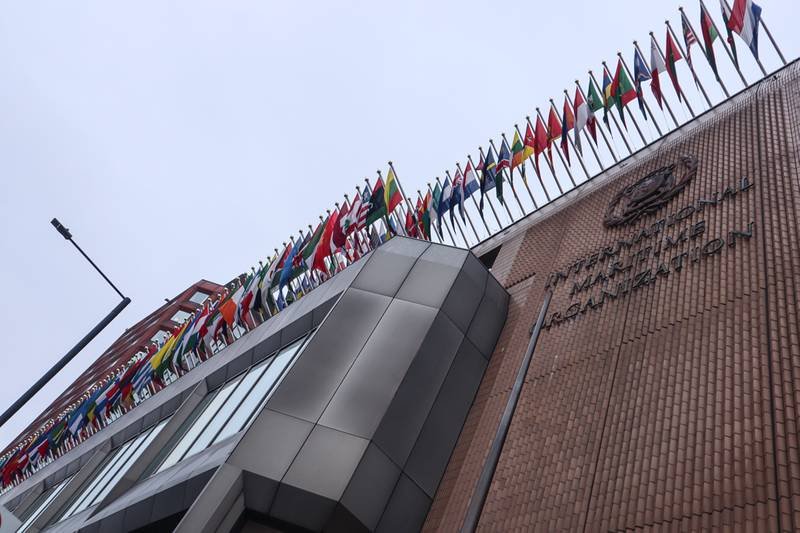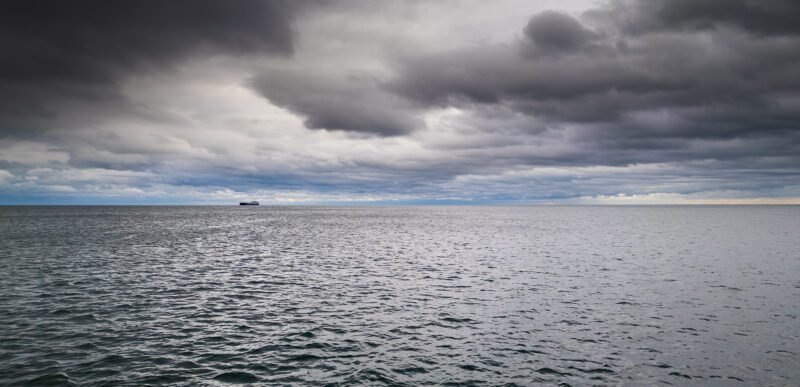The IMO has recently adopted interim guidelines for the use of ammonia as a marine fuel after a week of intense negotiations during the 10th session of the IMO Sub-Committee on the Carriage of Cargo and Containers. As the shipping industry prioritizes energy transition, the use of alternative fuels like ammonia is on the rise. The CCC has developed interim safety guidelines for ships using hydrogen and ammonia to create an international standard for bunkering alternative fuels.
The guidelines, which are of a general nature and mainly establish functional requirements for the use of ammonia, are expected to be approved by the IMO’s Maritime Safety Committee in December and come into force in 2025. Key principles of the guidelines include measures for storing ammonia fuel on board, with specific limits for ammonia detection in different spaces to ensure safety. Additionally, ammonia treatment systems must be installed on ships to prevent catastrophic events caused by leaks.
Ammonia, known for its toxicity and corrosiveness, is considered a promising clean fuel for the future of the shipping industry. Recent progress includes successful ship-to-ship ammonia transfers at anchor in Australia, indicating growing interest and investment in this alternative fuel. This development aligns with ongoing discussions within the IMO on reducing greenhouse gas emissions, including the establishment of a global marine fuel standard and economic incentives for transitioning to net zero operations.
Share it now














